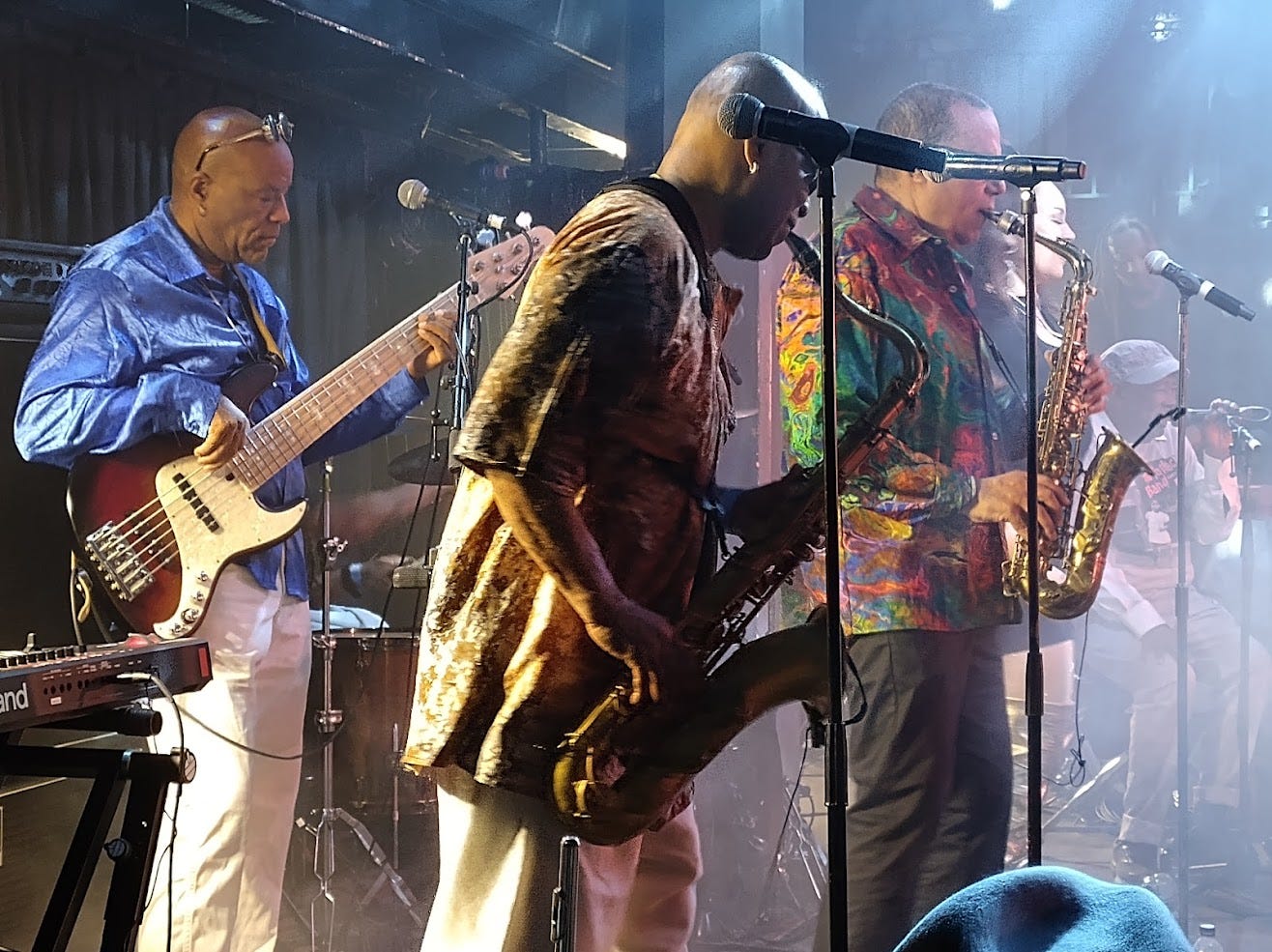A Week In Live Music – London & Brighton
So many gigs, so little time! Funk, country, swamp soul, Afghani, Ukrainian and more.
The mighty Fatback pushing the funk forward - founder Bill Curtis far right.
There are many reasons to love living in London, not least because its one of the world’s foremost cities for live music. Thinking about it, I find greater pleasure in a good concert than in any other medium. Sure, a film or TV series can leave me stirred and shaken, while readi…




